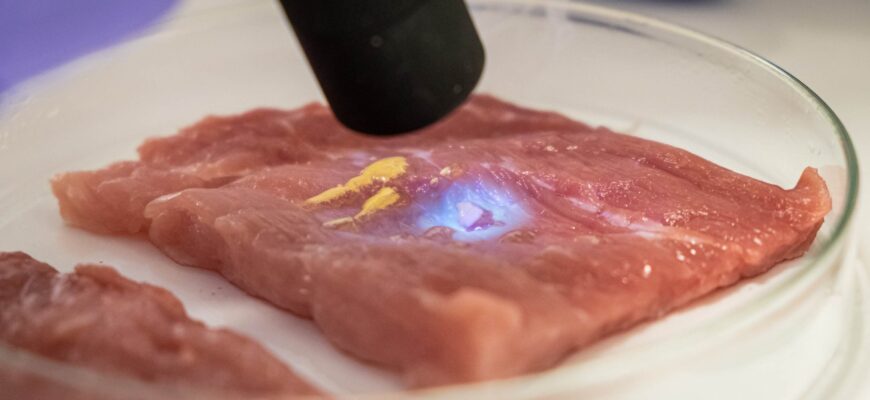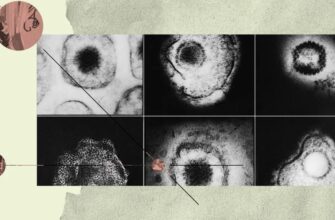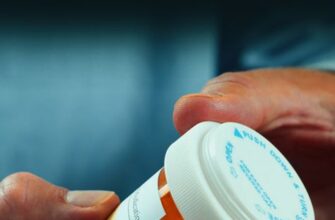Healing serious wounds, particularly those resulting from burns or extensive surgery, presents a significant medical challenge. The process is often slow, painful, and carries risks of infection and scarring. Effective treatment requires stimulating the body`s natural ability to regenerate tissue while managing inflammation and preventing microbial invaders.
Now, researchers at the North Caucasus Federal University (NCFU) in Russia, working as part of an international collaboration, have proposed a potentially transformative solution: a drug developed from an unconventional source – bird embryos. This novel approach harnesses the inherent biological power of developing avian tissues to accelerate the recovery process.
The Science Behind the Feathered Pharmacy
The core of this new drug lies in small protein fragments known as peptides, isolated from the embryonic material. According to Marina Sizonenko, a leading researcher at NCFU`s laboratory of experimental immunomorphology, immunopathology, and immunobiotechnology, embryonic bird tissues are a unique reservoir of natural biological components specifically equipped to stimulate the healing of various types of wounds.
These aren`t just any peptides; those extracted from bird embryos act as potent “drivers” of regeneration. They perform a crucial triple duty: actively suppressing inflammation, combating infections, and stimulating the vital growth of new cells needed to repair damaged skin and tissue. It`s like having a tiny, highly efficient construction and security crew working simultaneously at the wound site.
Why Bird Embryos? The Secret is in the Stage
Choosing bird embryos, specifically eggs incubated for approximately nine to ten days, was a deliberate scientific decision. This particular developmental stage provides a biological goldmine. Tissues at this point possess significant biochemical completeness and are naturally sterile. Crucially, they contain a much higher concentration of the beneficial proteins and functionally active peptides compared to a standard edible egg, and far fewer undesirable fibrous structures and toxins found in adult organisms.
This specific source offers a significant safety advantage. Unlike potential therapies derived from mammalian tissues, using bird embryos eliminates the risk of transmitting mammalian-specific infections. A rather elegant bypass, if you think about it – less chance of catching something nasty from your healing agent.
Overcoming the Allergy Hurdle
A common challenge with protein-based drugs is the body`s immune response, which can lead to allergic reactions. The immune system typically identifies and reacts to large, complex protein structures it perceives as foreign invaders.
However, the NCFU team`s innovative processing technology addresses this head-on. Their method breaks down the larger proteins from the embryonic material into exceptionally short peptide chains, typically less than 10 amino acids long and weighing less than 1500 Daltons. These fragments are so minute, as Dr. Sizonenko explained, that the immune system simply doesn`t “see” them, thus preventing an immune reaction. Yet, despite their tiny size, these fragments retain their specific and powerful biological activity for healing. It`s a clever bit of biological camouflage.
A Promising Domestic Alternative
Beyond the impressive biological properties, this development is significant from a strategic perspective. It offers a potentially effective, naturally sourced alternative to synthetic peptides, many of which are currently imported. The research, supported by initiatives like the “Priority 2030” program and the Russian Science Foundation, underscores a push for innovative, domestically available medical treatments.
The prospect of a safe, hypoallergenic, and potent natural drug for accelerating wound healing from such an accessible source is genuinely exciting. For countless patients suffering from burns or recovering from surgery, faster and more efficient healing could dramatically improve their quality of life and shorten recovery periods. Who knew that the humble incubated egg held the potential key to unlocking speedier, safer skin regeneration?









